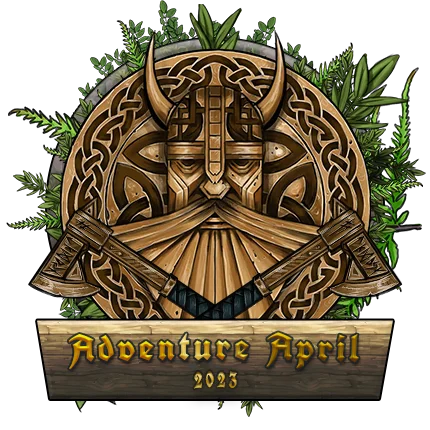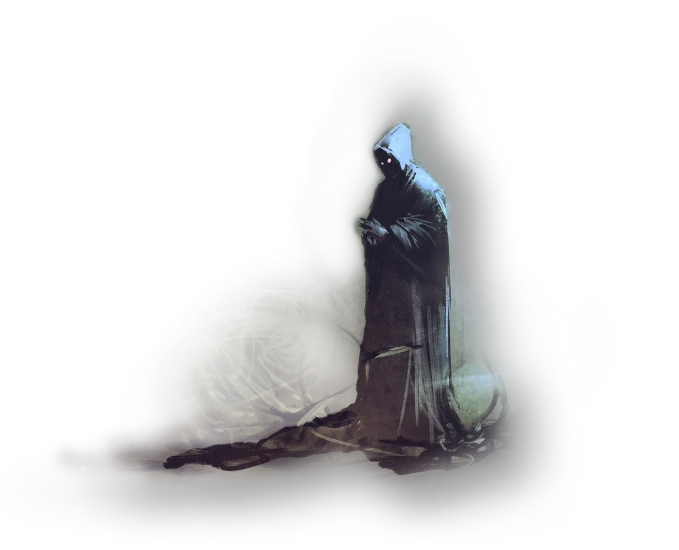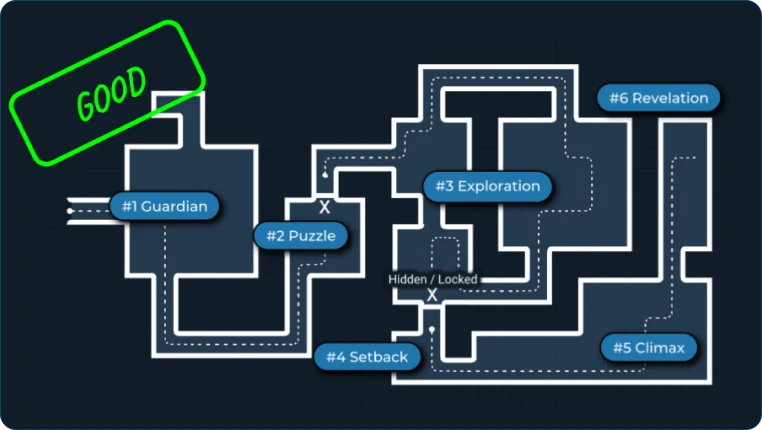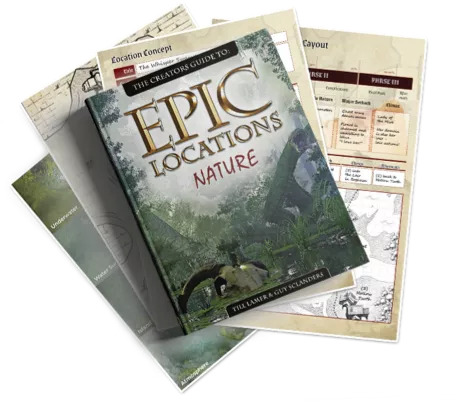Bringing our antagonist's motives and actions up first will make the location we are creating much more believable and it will spark our imagination, especially when it comes to planning the climactic showdown.
If our story doesn’t already tell us where the heroes will face the villain in the final showdown, we can now think about cool, cinematic locations on our map that we could use to put our climax in. And even if that has already been decided by the story itself, now’s a good time to ask ourselves: How can our map underline the showdown?
Knowing where the climax will take place will help us to answer even more questions: If the confrontation will result in a battle, how much space do we need, do we have places that allow for cover, or will the terrain itself be part of the antagonistic challenge?
Our villain's choice will finally also tell us something about the architecture of that location. If our villain decides to reside in an old ritualistic temple-styled location, it will become much more believable when our map actually pays tribute to the architecture of that place.




